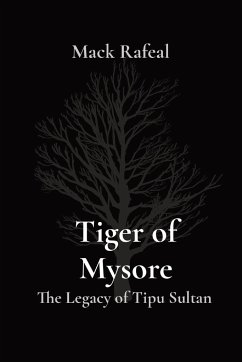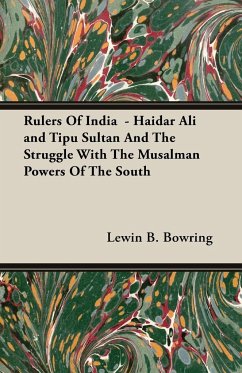The Gumbaz Sepulcher, settled in the core of Srirangapatna, remains as a structural demonstration of the glory and social extravagance of Tipu Ruler's reign in the late eighteenth 100 years. This overwhelming construction, otherwise called the Sepulcher of Tipu King, fills in as the last resting place for Tipu Ruler, his dad Hyder Ali, and his mom Fatima Begum. The Gumbaz is a huge milestone that not just recognizes the existences of these verifiable figures yet in addition typifies the social union that characterized Tipu King's standard.Built somewhere in the range of 1782 and 1784, the Gumbaz Tomb is described by its huge vault, striking curves, and an extensive supplication lobby. The focal vault, which rules the construction, is an engineering wonder and a sign of approval for Islamic plan impacts. The vault, alongside the four minarets that encompass it, makes an outwardly striking outline against the background of Srirangapatna's scene. The design flawlessly mixes Islamic and Indian styles, reflecting Tipu Ruler's vision of a realm that embraced social variety.As one methodologies the Gumbaz, the unpredictably cut wooden entryways and nitty gritty calligraphy on the outside walls act as a challenge to investigate the social and creative lavishness inside. The inside of the catacomb is decorated with resplendent points of support and sensitive mathematical examples, displaying the craftsmanship of the craftsmans of that time. The request corridor, with its open format and a focal mihrab showing the heading of Mecca, mirrors the useful yet stylishly satisfying plan that characterizes Islamic design.What makes the Gumbaz Tomb considerably more convincing is the quiet atmosphere that envelopes the complex. The very much kept up with garden encompassing the sepulcher adds to the quietness, offering guests a serene retreat to consider the verifiable meaning of the site. The cadenced reverberations of supplications and a periodic stir of leaves make an environment that transports guests back in time, giving a brief look into the social and otherworldly components of Tipu King's heritage.Past its structural and social importance, the Gumbaz Sepulcher holds a profound verifiable reverberation. It fills in as a representative sign of the turbulent times during the Old English Mysore Wars and a definitive penance made by Tipu Ruler with regards to his realm. The catacomb, lodging the human remaining parts of Tipu King, Hyder Ali, and Fatima Begum, turns into a consecrated space that interfaces guests to the verifiable stories of opposition and versatility against provincial powers.The Gumbaz Catacomb, while a demonstration of Tipu Ruler's social support, likewise remains as a site of journey for those looking to give proper respect to the Tiger of Mysore. The yearly recognition of Tipu Jayanti frequently sees guests from assorted foundations merging at the sepulcher to respect the tradition of this verifiable figure. The Gumbaz turns into a point of convergence for functions, widespread developments, and conversations that further add to the continuous exchange about Tipu Ruler's persevering through influence on the district.
Bitte wählen Sie Ihr Anliegen aus.
Rechnungen
Retourenschein anfordern
Bestellstatus
Storno








